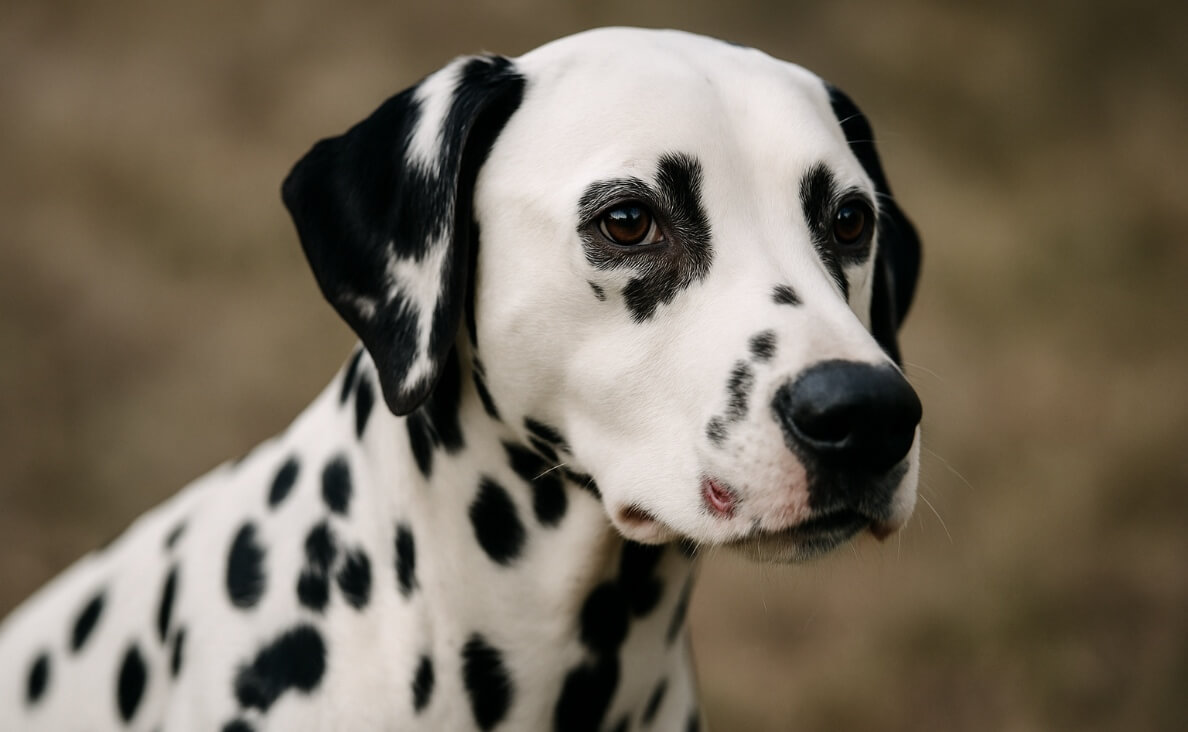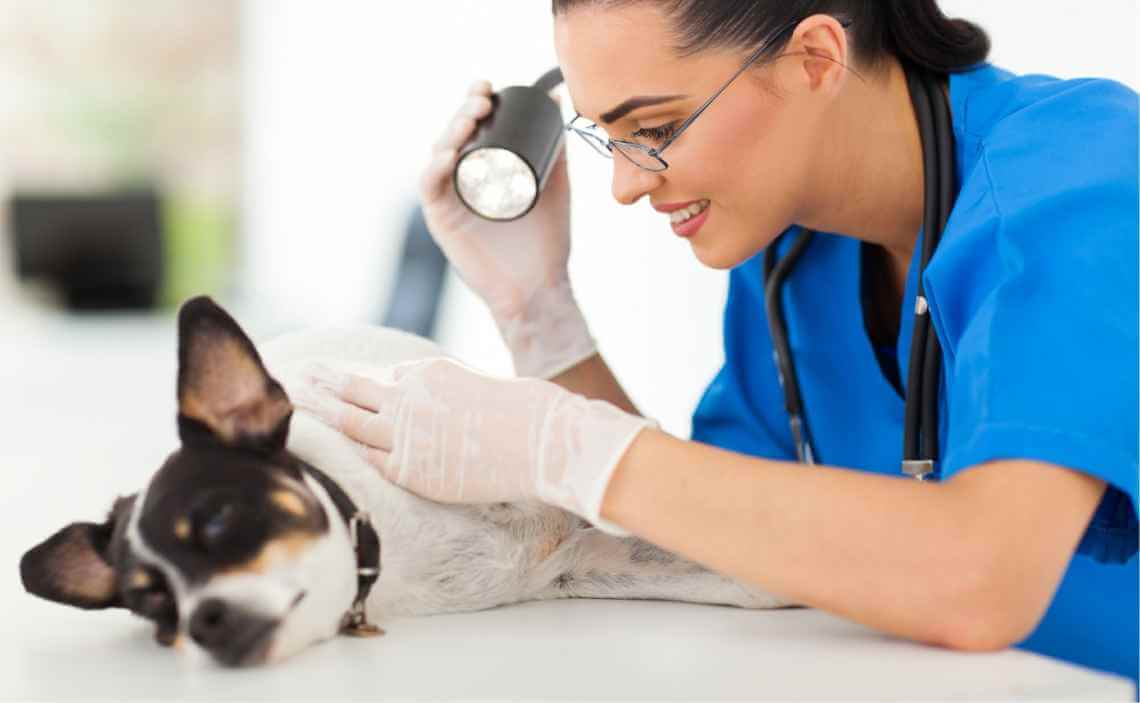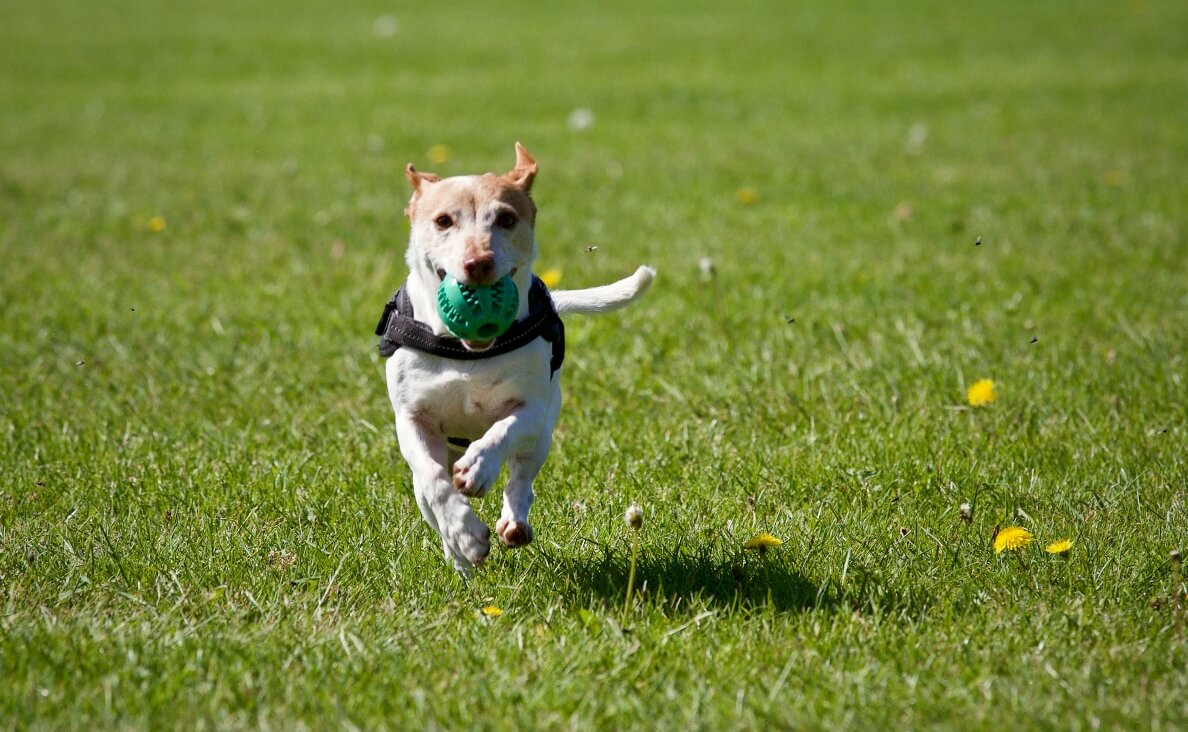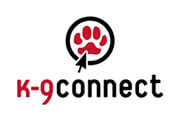
Dog skin cancer is more common than many dog parents realize. While we often think of cancer as something affecting older humans, dogs can also develop cancer—and skin cancer is the most commonly diagnosed form. The good news? When detected early, many types of dog skin cancer are highly treatable. That’s why learning to recognize the warning signs and knowing when to call your veterinarian can make all the difference for your pup.
In this guide, we’ll walk you through what dog skin cancer is, what causes it, which breeds are most at risk, early signs to watch for, treatment options, and tips for prevention.
Related: 20 Early Warning Signs of Canine Cancer
Can Dogs Get Skin Cancer?
Yes, dogs can absolutely get skin cancer. In fact, the skin is the most frequent site for tumors in dogs. Some are benign and harmless, while others are malignant and require urgent care.
Just like in humans, dog skin cancer can develop due to a combination of genetic and environmental factors. Prolonged sun exposure, certain viruses, and even trauma to the skin can all play a role in the development of cancerous growths.
It’s important to remember that even benign lumps should be examined by a veterinarian, as only proper diagnostic testing can determine the nature of a growth.

Dog Skin Cancer: Which Breeds Are at Risk?
While any dog can develop skin cancer, certain breeds are more prone due to genetics or skin type. Breeds with light-colored coats or minimal fur are particularly vulnerable to UV damage.
Dogs at higher risk include:
- Dalmatians
- Pit Bulls
- Boxers
- Whippets
- Bull Terriers
Hairless breeds and older dogs are also at an increased risk. Dogs that spend a lot of time outside, especially in sunny climates, may also face a greater chance of developing dog skin cancer over time.
Early Signs of Dog Skin Cancer
Detecting dog skin cancer early is key to successful treatment. Here are some signs to look out for:
- New lumps or bumps: Any growth on your dog’s skin that appears suddenly or grows quickly should be checked.
- Sores that don’t heal: Persistent wounds or lesions can be a red flag.
- Discoloration or unusual pigmentation: Watch for areas that look darker or redder than surrounding skin.
- Bleeding or oozing areas: Any discharge from the skin is worth noting.
- Itchiness or sensitivity: If your dog constantly scratches or licks a certain spot, it could be a warning sign.
- Changes in existing moles or spots: Growth, color changes, or texture differences should be evaluated.
- Hair loss or swelling around a growth: This could indicate something more serious beneath the surface.
Regularly checking your dog’s skin during grooming sessions or bath time can help catch dog skin cancer in its earliest stages.

How Dog Skin Cancer Is Diagnosed
If you notice any of the above signs, it’s time to call your vet. Early diagnosis is crucial for the best outcome.
Common diagnostic methods include:
- Fine needle aspiration: A quick procedure to collect cells from a lump for examination.
- Skin biopsy: A small tissue sample is taken and analyzed to confirm whether cancer is present.
- Imaging: If there’s concern the cancer has spread, your vet may recommend X-rays or an ultrasound.
These tests help determine whether the tumor is benign or malignant and guide your vet’s recommended treatment plan.
Treatment Options for Dog Skin Cancer
The type of treatment depends on the cancer type, location, and whether it has spread. Common options include:
- Surgical removal: The most common and effective treatment, especially if the tumor is caught early.
- Radiation therapy: Often used for tumors that can’t be completely removed or are in sensitive locations.
- Chemotherapy: May be used for aggressive or metastatic cancer.
- Immunotherapy: A newer option that helps boost the dog’s immune system to fight the cancer.
The cost and recovery time can vary, but many dogs respond very well to early treatment for dog skin cancer.

Preventing Dog Skin Cancer
While not all cases can be prevented, there are steps you can take to reduce your dog’s risk:
- Limit sun exposure, especially during peak hours (10 a.m. to 4 p.m.).
- Apply dog-safe sunscreen to vulnerable areas like the nose, ears, and belly.
- Don’t shave your dog too short—fur provides natural protection.
- Perform monthly skin checks at home.
- Feed a healthy diet to support immune health.
- Visit your vet regularly for wellness exams.
Being proactive about your dog’s health is one of the best ways to prevent serious conditions like dog skin cancer.
How Grooming Helps Catch Dog Skin Cancer Early
Grooming is more than just keeping your dog clean—it’s an opportunity to check for any changes in their skin. Regular brushing, bathing, and coat care can help you spot new bumps, rashes, or changes that could signal early dog skin cancer.
At Canine Campus, our trained professional groomer often notices skin changes during appointments and can alert dog parents to anything unusual. This partnership can be vital for early detection and prompt care.

When to Call the Vet
If you notice any of the following, call your veterinarian right away:
- A new or growing lump
- A sore that won’t heal
- Unexplained bleeding or discharge from the skin
- Your dog is licking, scratching, or showing discomfort in one area
It’s always better to be safe and have a professional take a look.

Final Thoughts
Dog skin cancer can be alarming, but with early detection and proper care, many dogs go on to live healthy, happy lives. Monthly skin checks, grooming, and regular vet visits are simple steps that can make a big difference.
Remember, your dog depends on you to notice when something isn’t quite right. If you stay alert and act early, you can help protect your furry friend from the more serious effects of dog skin cancer.
Have you ever noticed an unusual lump or sore on your dog’s skin? What did you do next? Share your story in the comments—it could help another dog parent.

 What Every Dog Owner Needs to Know About Canine Coronavirus
What Every Dog Owner Needs to Know About Canine Coronavirus FDA Warns Bone Treats May Be Deadly for Your Dog
FDA Warns Bone Treats May Be Deadly for Your Dog Tick-Borne Diseases in Dogs – Symptoms and Treatment
Tick-Borne Diseases in Dogs – Symptoms and Treatment Alternative Veterinary Care Therapies for Injured or Diseased Dogs
Alternative Veterinary Care Therapies for Injured or Diseased Dogs What You Need to Know About Pain Medication for Dogs
What You Need to Know About Pain Medication for Dogs






Leave a Reply